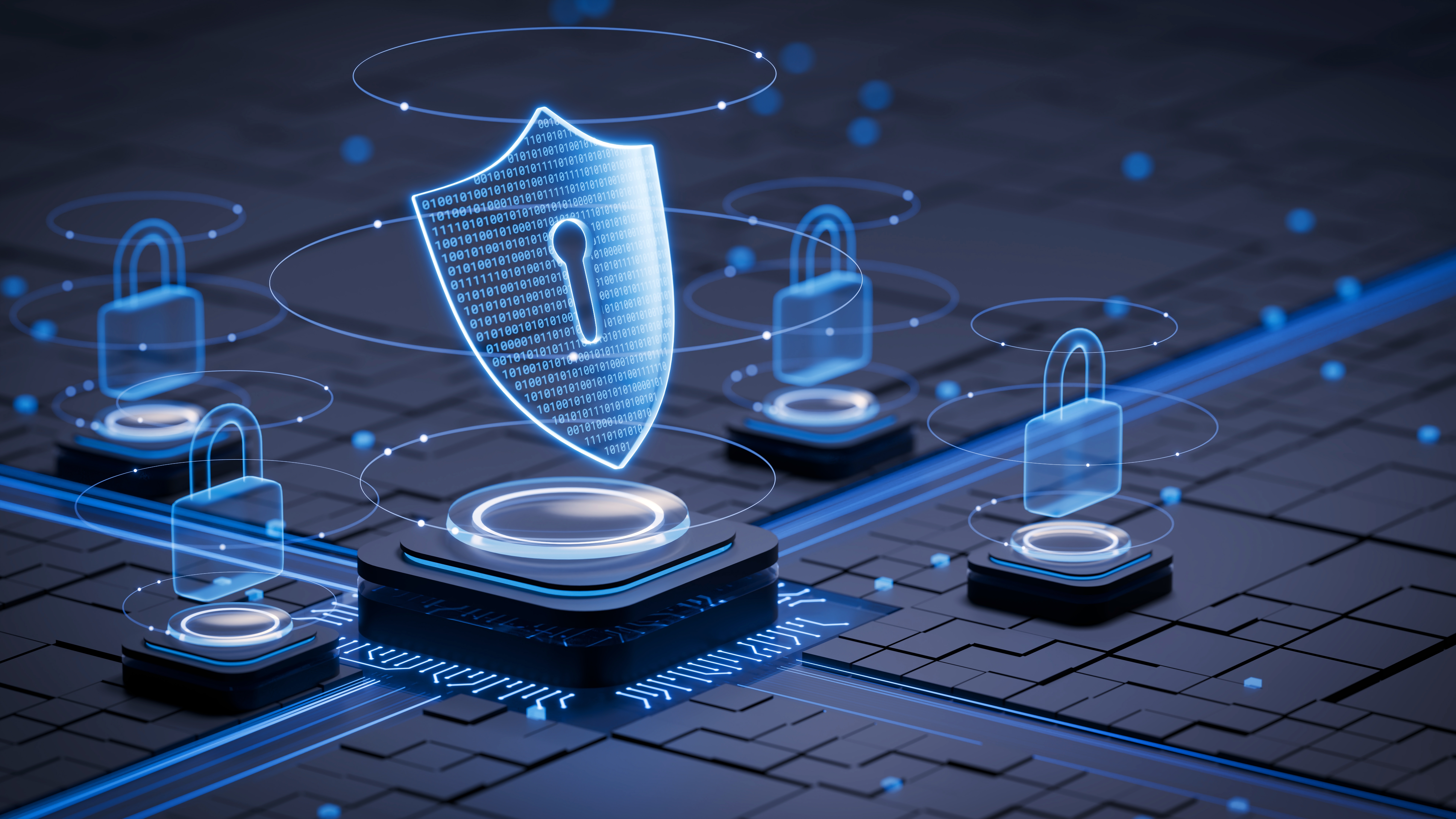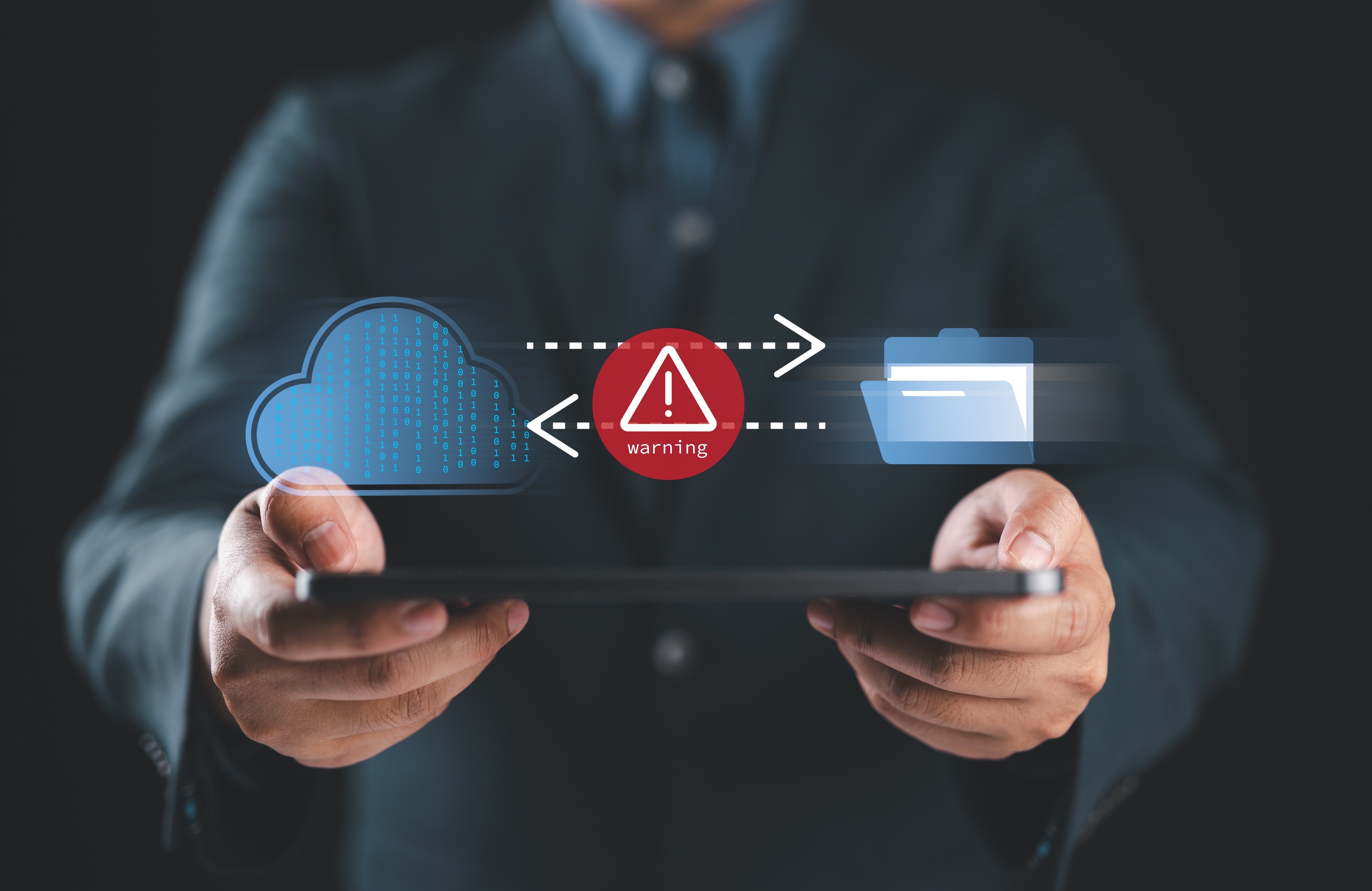data breach response plan for small companies
Data Breach Response Plans for Small Companies: 2025 Expert Insights
Small businesses face rising cyber threats in 2025. Learn how to build a robust data breach response plan with proven strategies and real-world guidance.
Market Overview
In 2025, small and medium-sized businesses (SMBs) are experiencing an unprecedented surge in cyber threats, with data theft and ransomware attacks projected to rise by over 20% year-over-year. According to industry reports, SMBs now account for more than 43% of all data breaches, largely due to limited resources and evolving attack vectors targeting less mature security postures. The Federal Trade Commission (FTC) and leading cybersecurity firms emphasize that a well-defined data breach response plan is no longer optional but essential for business continuity and regulatory compliance. The average cost of a data breach for small companies has reached $120,000, with indirect costs such as reputational damage and customer churn compounding the impact. As threat actors increasingly exploit compromised credentials and unpatched systems, SMBs must prioritize proactive planning and rapid incident response to mitigate losses and maintain trust.[3][4][1]
Technical Analysis
A robust data breach response plan for small companies should be built on industry standards such as NIST SP 800-61 and incorporate the following technical components:
- Incident Detection and Reporting: Deploy managed detection and response (MDR) solutions for 24/7 monitoring. MDR services can reduce mean time to respond by 50%, providing expert triage without increasing headcount.[5]
- Access Controls: Implement FIDO2 authentication, leveraging biometrics or hardware keys to prevent unauthorized access via compromised credentials.
- Data Backups: Use cloud-based, encrypted backups to ensure data recovery in the event of ransomware or destructive attacks.
- Employee Training: Conduct regular, real-world phishing simulations and security awareness programs. Well-trained staff can reduce cyber risk by up to 60% within a year.[5]
- Forensic Readiness: Prepare to collect and preserve digital evidence for legal and regulatory investigations. This includes maintaining detailed logs and incident documentation.
Technical benchmarks indicate that SMBs with layered security controls and automated response workflows experience 40% fewer successful breaches compared to those relying solely on basic antivirus and firewalls. Integration with SIEM (Security Information and Event Management) platforms, even in lightweight or cloud-native forms, is increasingly accessible and recommended for small companies.
Competitive Landscape
Compared to large enterprises, small companies often lack dedicated security teams and advanced tooling. However, the rise of managed security service providers (MSSPs) and affordable MDR solutions has leveled the playing field. While traditional incident response frameworks require significant in-house expertise, modern SMB-focused platforms offer turnkey breach response playbooks, automated alerting, and compliance reporting. Notably, solutions like Coalition's MDR and NordLayer's SMB security suite provide tailored controls, rapid deployment, and expert support at a fraction of the cost of enterprise alternatives.[5][2] Open-source tools and cloud-native security stacks further reduce barriers to entry, but require careful configuration and ongoing management. The key differentiator is the ability to combine automation with human expertise, ensuring both speed and accuracy in breach response.
Implementation Insights
Real-world deployment of a data breach response plan in small companies involves several practical steps and challenges:
- Assemble a Response Team: Identify internal stakeholders (IT, legal, communications) and establish relationships with external experts (forensics, legal counsel) before an incident occurs.[1]
- Document and Test Procedures: Maintain a written incident response plan, including contact lists, escalation paths, and communication templates. Conduct tabletop exercises at least twice a year to validate readiness.
- Regulatory Compliance: Understand notification requirements under laws such as GDPR, CCPA, and state breach notification statutes. Timely reporting is critical to avoid fines and reputational harm.
- Resource Constraints: Leverage automation and third-party services to compensate for limited in-house expertise. Prioritize investments in detection, backup, and employee training for maximum ROI.
- Continuous Improvement: After each incident or drill, perform a post-mortem analysis to identify gaps and update the response plan accordingly.
Common challenges include balancing security with usability, managing alert fatigue, and ensuring that all staff understand their roles during a breach. SMBs should also consider cyber insurance as a risk transfer mechanism, but must meet minimum security standards to qualify for coverage.
Expert Recommendations
To build an effective data breach response plan in 2025, small companies should:
- Adopt a layered security approach, combining technical controls, employee training, and incident response automation.
- Engage with MSSPs or MDR providers to access expert support and 24/7 monitoring without expanding internal teams.
- Regularly review and update response plans to reflect evolving threats, business changes, and regulatory requirements.
- Invest in cloud-based, encrypted backups and test restoration procedures quarterly.
- Foster a security-first culture, empowering employees to report suspicious activity and participate in ongoing training.
Looking ahead, the threat landscape for SMBs will continue to intensify, with AI-driven attacks and supply chain vulnerabilities on the rise. Proactive planning, continuous improvement, and leveraging expert resources are essential for resilience and long-term success.
Recent Articles
Sort Options:

Cybersecurity Incident Response Needs A War Room, Not A Playbook
Many companies struggle with effective cybersecurity incident response. The publication outlines strategies for leaders to enhance preparedness, accelerate response times, and safeguard trust, emphasizing the critical nature of timely decisions in crisis situations.

Security Response Policy
A comprehensive IT policy on security incident response is now available, featuring customizable templates. Authored by Scott Matteson, this 13-page document details roles, responsibilities, and information handling to enhance both cyber and physical security for companies.

What does a good cyber security Incident Response plan look like?
Organizations of all sizes face cyber threats, making a robust incident response plan essential. Key components include clear structure, defined roles, budget allocation, proactive monitoring, and effective communication strategies. Regular training and updates ensure resilience against evolving cyber risks.

Many companies are still failing to budget for cybersecurity
A recent ESET report reveals that 38% of UK businesses lack cybersecurity budgets or plans to enhance them, despite significant financial losses from cyberattacks. Experts emphasize the need for collaboration to strengthen digital defenses amid rising threats.

"No evidence" - here's why the massive 16 billion record data breach may not be as bad as first thought
Recent analysis suggests the alarming 16 billion record data breach may not be as severe as initially feared, potentially comprising previously leaked credentials. Experts emphasize the ongoing risk to individuals and the importance of robust security measures against identity theft.